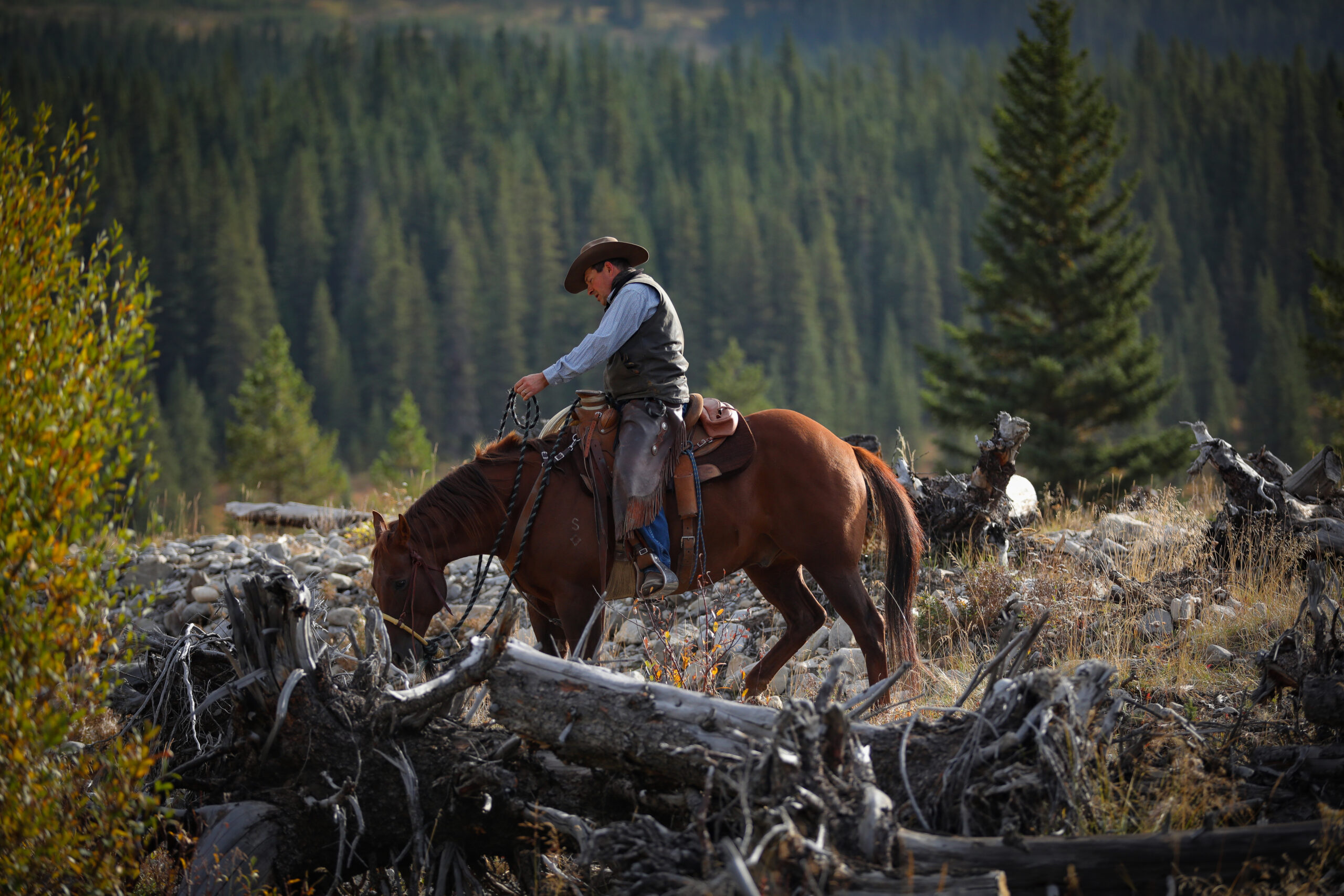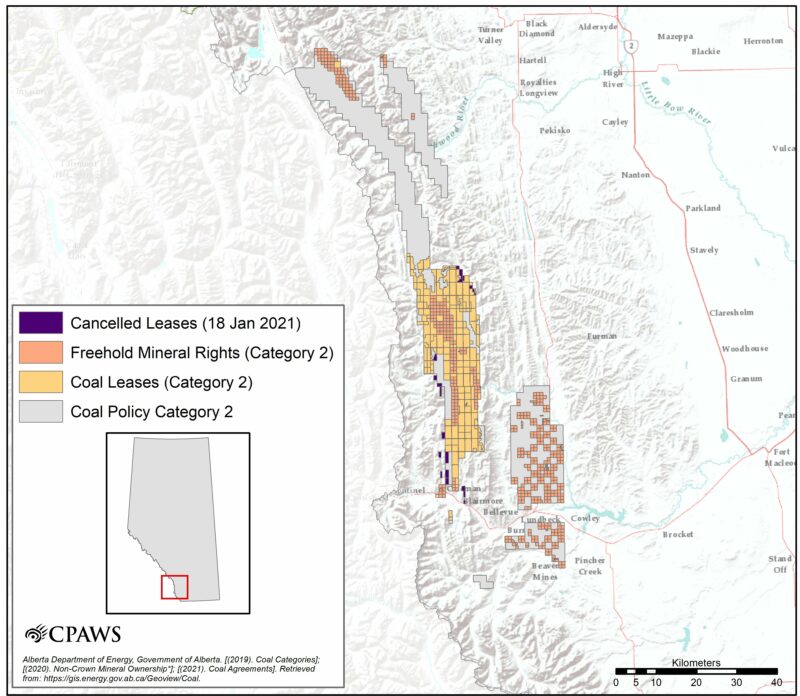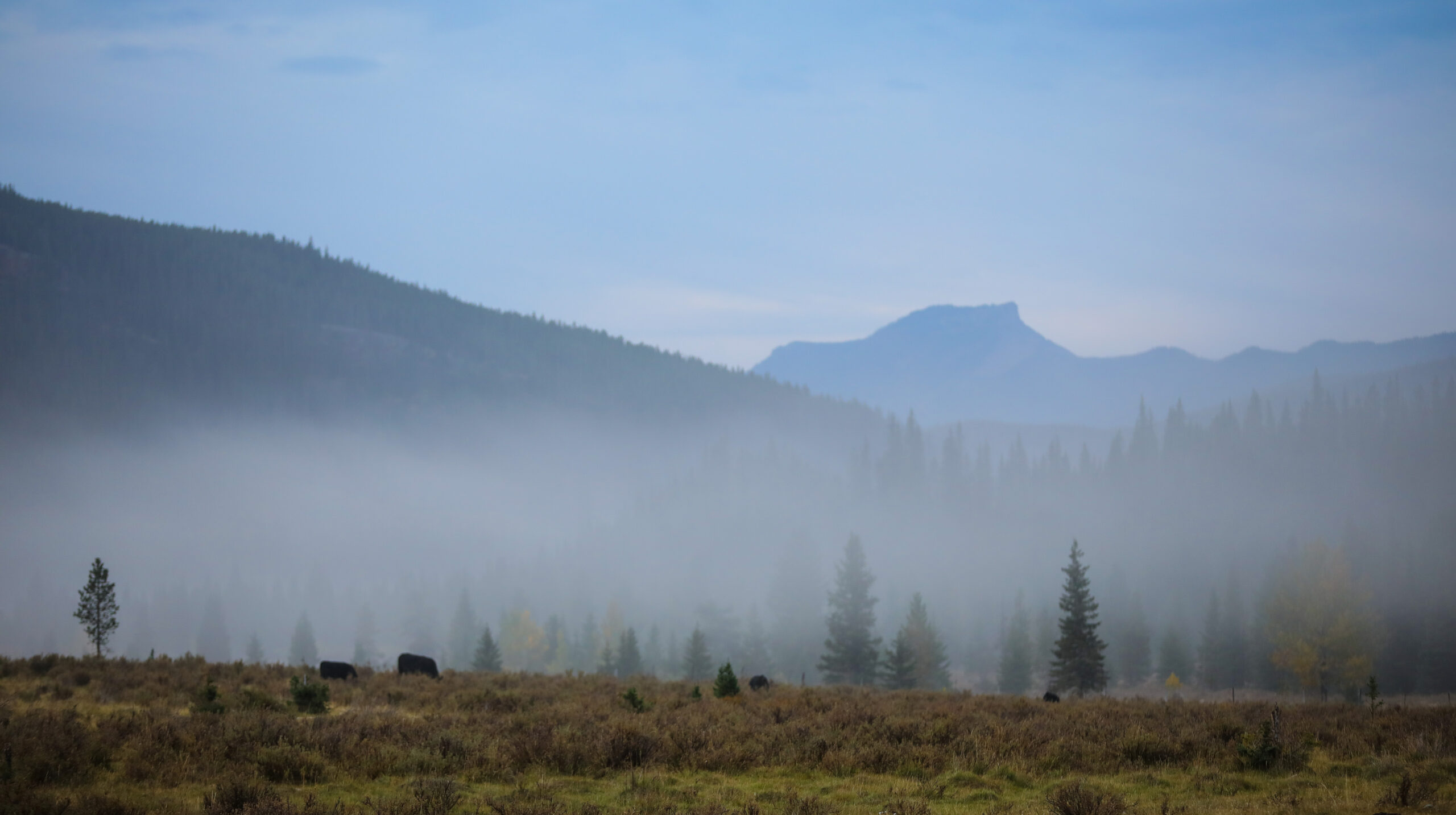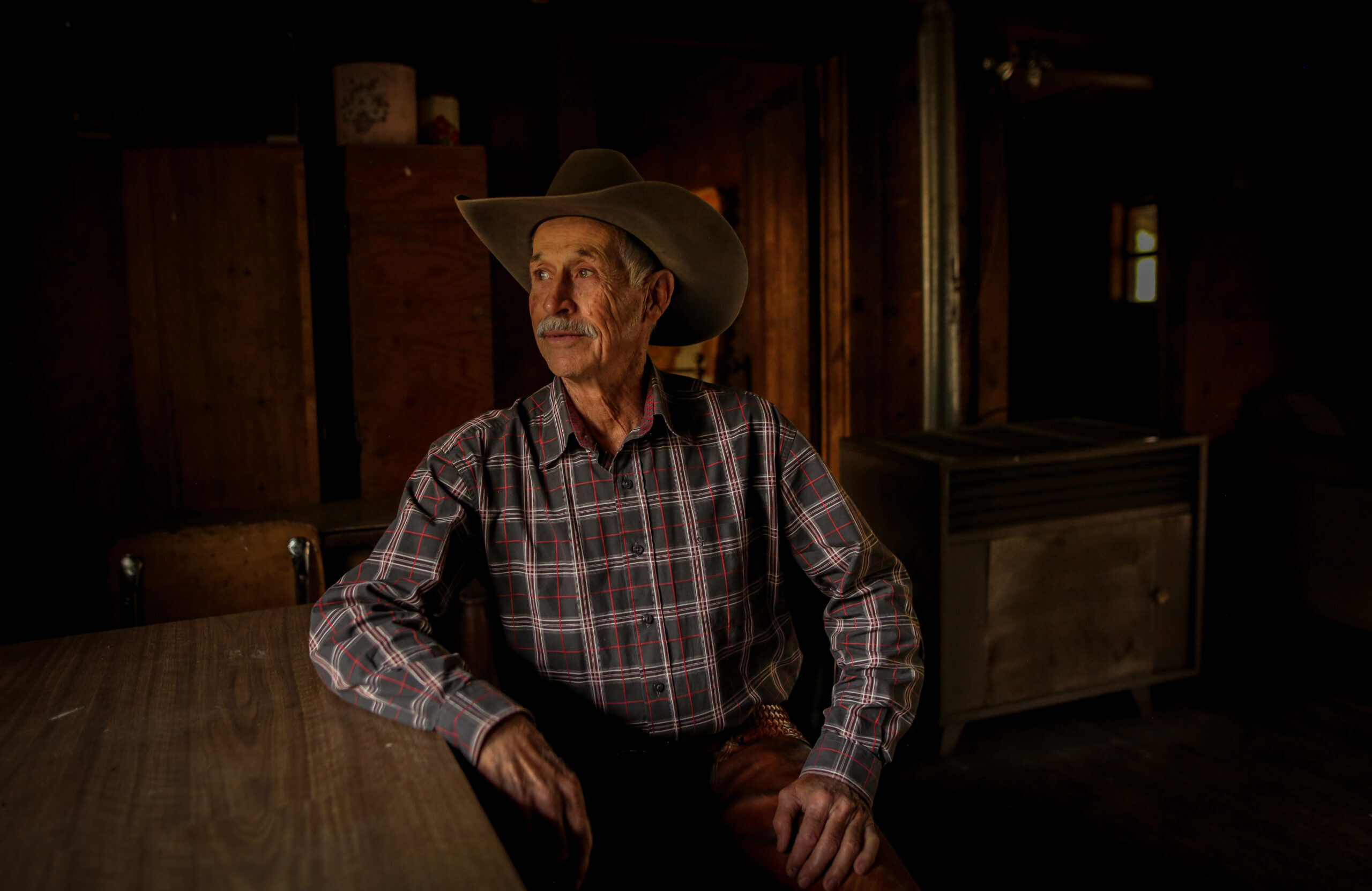Unfarming: New P.E.I. farm sanctuary offers unwanted animals a home
'There's no reason in today's world that you need to eat animals'
Humane Canada has been seeing a growth in farm sanctuaries across the country — and an operation run by Brandy and Ryan Mooney and their family just west of Montague, P.E.I. is one of the latest.
The Mooneys bought an old farm last year, moving to the Island from Ontario to fulfil their dream of setting up a small sanctuary for unwanted farm animals to live out their lives.
So far their Valleyfield Farm Sanctuary has a flock of more than 50 chickens, domestic ducks, a couple of goats, four pigs and three steers. They accept animals from Nova Scotia and New Brunswick as well as P.E.I.
"Not that we shame others, but our way of life is plant-based, so we try to save as many lives as we can," Brandy Mooney says.
"There's no reason in today's world that you need to eat animals. There's so many options as a vegetarian or vegan where you don't need that any longer."
To save them from someone's stockpot, we took them in.— Brandy Mooney
Mooney said they didn't always feel this way — she grew up on a poultry farm and her husband on a beef farm, and helped care for the animals.
But after growing up and raising their own family, they gradually changed their minds and their diets.
"We all decided enough was enough," she said.
'We took them in'
To support the farm and the family, Mooney's husband Ryan works as a service technician at a local garage. Back in Ontario, Brandy worked as a nurse and as an office administrator, but now she works on the farm full-time.
She said the family has chosen to do without a lot of life's luxuries like newer cars, a fancy house and brand-name clothing to be able to afford feed, shelter and veterinary care for the animals. The sanctuary also solicits donations online, and sells branded T-shirts.
"A lot of animals that do come do need vet care immediately," she said, citing "bad situations" that left them injured or underweight.
Some of the poultry came from backyard chicken farmers who tried the trend during the COVID-19 pandemic and decided it wasn't for them, or discovered they were contravening municipal bylaws, she said.
They have 40 hens and a "bachelor flock" of about 15 roosters — often rejected because they're loud — as well as about 30 ducks, some of which people tried to keep in apartments (like in the TV show Friends).
The hens do lay eggs, Mooney said, but the family doesn't eat them or profit from them — they feed them back to the chickens.
"We have two 11-year-old chickens right now," she said. "We do have some some elder girls that stopped laying and in order to save them from someone's stockpot, we took them in."
Animals come from variety of sources
A couple of goats were given to them by the family of a man who died, she said, and their two commercial pigs came from the SPCA in New Brunswick, where they were found running down Main Street in Saint John this summer.
They found a Jersey calf advertised for sale on Kijiji, she said. Others have been donated by like-minded people who have purchased them at livestock auctions in the Maritimes.
They also periodically receive rabbits, cats and dogs, Mooney said. Sometimes they are left at the farm, while other times people ask them to take them because their housing situation has changed.
The family has rehomed some to what Mooney considers good homes, and has also kept some of the cats — Ryan especially falls in love with the cats and finds it hard to give them up, he said.
The Mooneys have decided the sanctuary is at capacity and are not accepting more animals until they can build more shelter, run electricity where they need it and fence more pasture, which they are planning for this coming spring.
The couple's three children help out on the farm, and Brandy Mooney's brother and his wife also live there and help out.
'This is our form of activism'
The Mooneys said they think the way most farm animals are treated, especially on P.E.I., is excellent, and they realize farmers care for the livestock.
"I give all the farmers so much credit here," Brandy Mooney said. "Especially dairy cows are treated like gold here… it's just the end result sucks.
"It's not that they're not taken care of while they're alive; it's just we don't need to eat them."
We have certainly seen a growth in farm sanctuaries across Canada and this indicates to us a needed and welcome shift in the way Canadians view farmed animals.— Darcy Boucher, Humane Canada
She said response from neighbouring farmers to their operation has been positive — she has become friends with some, and one even helped her when her calf was sick in the middle of the night.
They said they don't plan to take their activism any further than peacefully taking in animals.
"Having a sanctuary, this is our form of activism," Mooney said, stressing they don't want to make "too many waves."
They don't believe they can change the agri-food system — they just want to change their place in it.
"If we can only save, say, one animal, well that's one life. We've been blessed so far to be able to save 100 lives."
'It can become overwhelming very quickly'
The P.E.I. Humane Society looks after pets including cats and dogs and is not mandated to care for farm animals.
Spokesperson Jennifer Harkness urges this sanctuary and people looking to set up others to proceed with caution.
"You have to think long and hard about capacity to care and your financial capacity. It's very hard to run an animal welfare organization.
"It can become overwhelming very quickly."
Their parent organization, Ottawa-based Humane Canada, says it has seen an increase in the number of farm sanctuaries.
"We have certainly seen a growth in farm sanctuaries across Canada and this indicates to us a needed and welcome shift in the way Canadians view farmed animals. They are no longer just a food commodity; Canadians are recognizing them as sentient beings with complex lives deserving of love, compassion, and sanctuary," Humane Canada's marketing and communications manager Darcy Boucher said via email.
The P.E.I. government does not have a separate set of rules for animal sanctuaries — they must follow the Animal Welfare Act, the same as all farms and pet owners. And they should have a premises identification number, required in regulations of P.E.I.'s Animal Health Act. (The Mooneys do.)
There are no inspections of sanctuaries, but the province will send an animal protection officer to investigate if there are complaints of an animal in distress.
The P.E.I. Department of Agriculture is currently surveying Islanders about their knowledge about animal welfare, even though they say they are still proud of the relatively new 2017 Animal Welfare Act.
A spokesperson said via email the province "is interested to learn Islanders' perspective related to reporting animal welfare concerns and laws in P.E.I. This survey allows us to see if the act and our animal welfare work are meeting the public's expectations."
'We stand by our livestock sector'
The P.E.I. Federation of Agriculture's executive director Robert Godfrey said the federation represents the sanctuary since it is a farm, along with all the other more traditional operations.
"Everybody's entitled to their beliefs," Godfrey said. "We respect their point of view."
But it also represents the livestock sector, and Godfrey responded this way to the fact that the sanctuary says it "rescues" farm animals: "We believe the farmers of this province are exemplary when it comes to their livestock. We stand by our livestock sector… our farmers are world class and respect the welfare of their animals."
He noted there is a strong local demand for the eggs, meat, and dairy products that Island farms produce, and they are held to high standards.
He noted it is extremely rare for farms to face complaints under the P.E.I. Animal Welfare Act.
There are a few other animal sanctuaries on P.E.I. including several run by Buddhist monks, but most of them cater to horses, and are often at capacity.
The Mooneys are seeking non-profit status for the sanctuary and they hope to eventually receive charitable status so they can issue tax receipts for donations they receive.


















.jpg)
